

 Knowledge Base +
Knowledge Base +  2024.01.16
2024.01.16Optical fiber connector is a device that connects an optical fiber with another optical fiber, which can be repeatedly inserted between optical fiber and optical fiber, and can also be any combination between the same type, so it is widely known as optical fiber mobile connector. Optical fiber connectors are the most widely used optical passive devices. Below we give a detailed description of various optical fiber connectors in the communication network, and also show you some optical fiber connectors that are rarely exposed to.
According to different classification methods, optical fiber connectors can be divided into different types: according to the different transmission media can be divided into: single-mode optical fiber connectors and multi-mode optical fiber connectors; According to the different structure can be divided into: FC, SC, ST, D4, DIN, Biconic, MU, LC, MT and other types; According to the end face of the connector, it can be divided into FC, PC (UPC) and APC; Of course, there are also single-core and multi-core points according to the number of fiber cores. The following are the most common types of fiber optic connectors/connectors on the market today:
This is a fiber optic connector developed by NTT Corporation of Japan. Standard square joint, rectangular shell, made of engineering plastic, has the advantages of high temperature resistance, not easy oxidation. The optical port on the side of the transmission device usually uses an SC connector. The structural dimensions of the pin and coupling sleeve used are exactly the same as those of the FC type. The end face of the pin mostly adopts PC or APC grinding mode; The fastening method is to use the plug and pull pin latch type, without rotation. This kind of connector is cheap, easy to plug and remove operation, small fluctuation of intervention loss, high compressive strength, high installation density, and is used most in router switches.
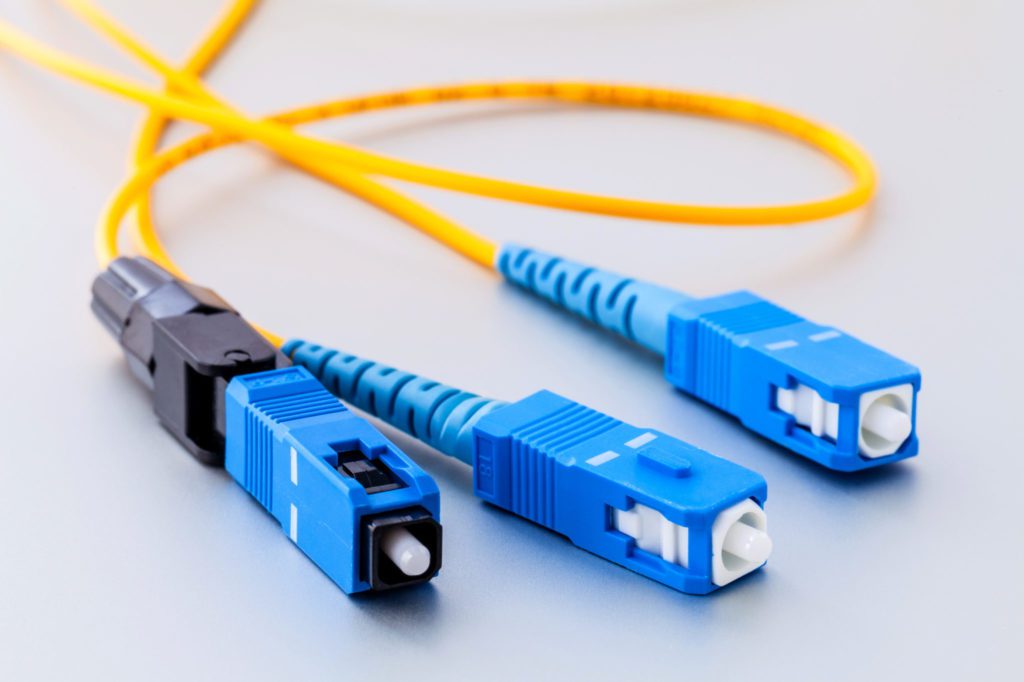
It is usually used for optical fiber distribution frames. The shell is round and fastened by turnbuckle. For 10Base-F connections, the connector is usually of type ST. Often used in optical fiber distribution frames), there are also many photoelectric converters using such connectors. ST and SC interfaces are two types of fiber optic connectors. For 10Base-F connections, the connector is usually ST, and for 100Base-FX, the connector is mostly SC. The core of the ST connector is exposed, and the core of the SC connector is inside the connector.
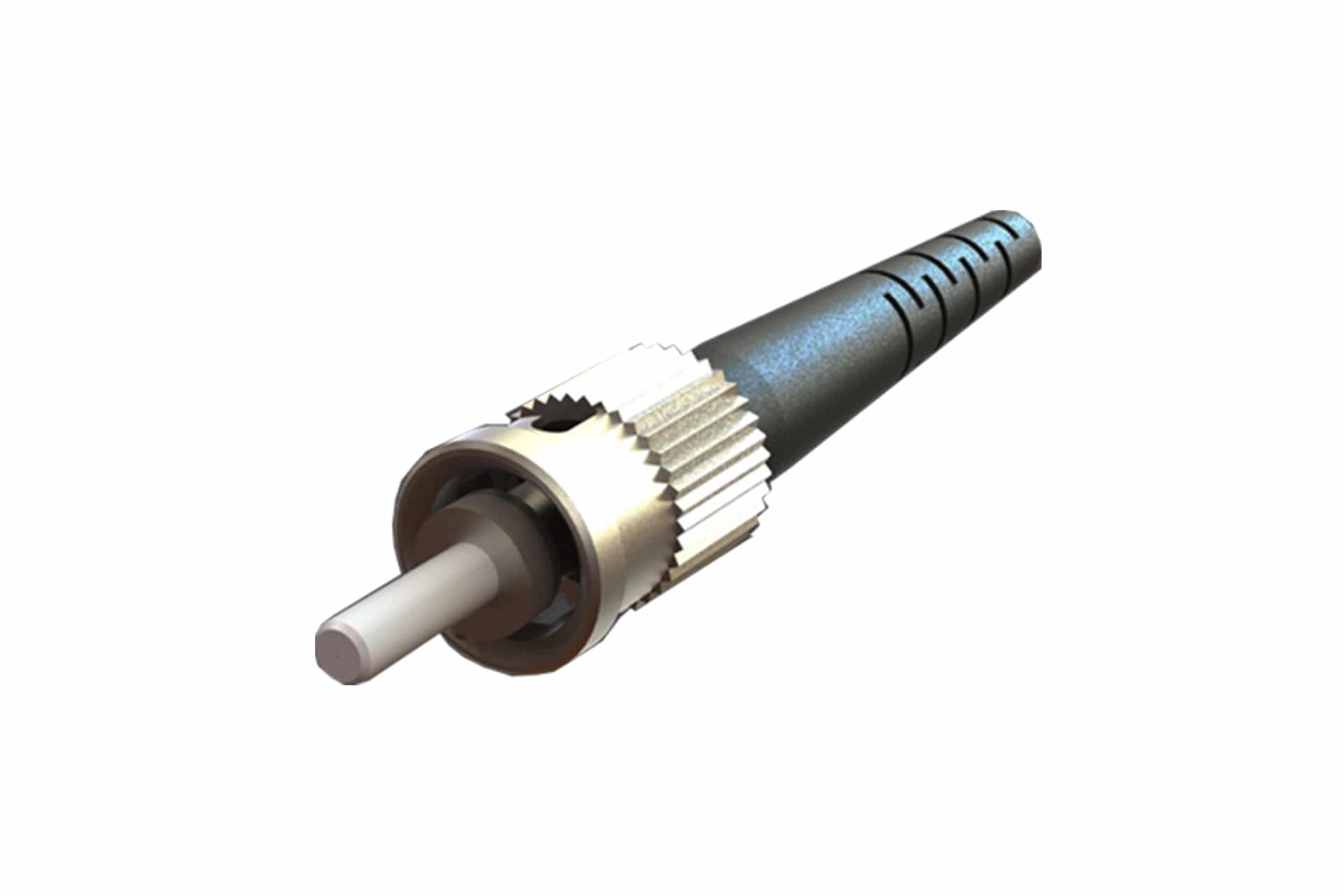
The LC connector is developed by the famous Bell (Bell) Institute and is made of the easy-to-operate modular jack (RJ) latching mechanism. The size of the pin and sleeve used is half of the size used by ordinary SC, FC, etc., which is 1.25mm. This can improve the density of the optical fiber connector in the optical fiber distribution frame. At present, in terms of single-mode SFF, LC type connectors have actually occupied a dominant position, and the application of multi-mode is also growing rapidly.
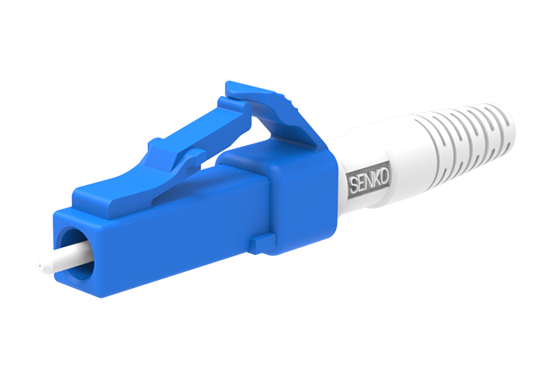
This connector was first developed by NTT in Japan. FC is the abbreviation of Ferrule Connector, metal connector, indicating that its external strengthening method is the use of metal sleeves, generally used on the ODF side, the metal connector can be inserted and removed more times than plastic, and the tightening method is turnbuckle. The earliest, FC type connectors used ceramic pins for docking ports. This kind of connector has simple structure, convenient operation and easy production, but the fiber end is more sensitive to fine dust, and is easy to produce Fresnel reflection, and it is difficult to improve the return loss performance. Later, this type of connector has been improved, using a spherical pin (PC) with butt face, and the external structure has not changed, so that the insertion loss and return loss performance has been greatly improved.
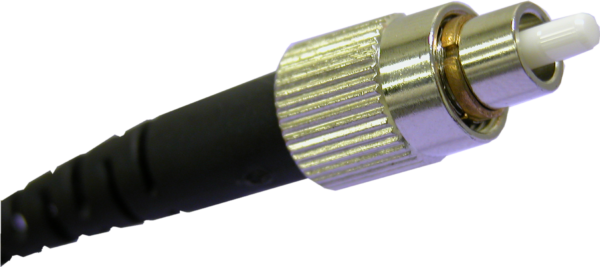
Mt-rj started from the MT connector developed by NTT, with the same latch mechanism as the RJ-45 LAN electrical connector, through the guide pin mounted on both sides of the small sleeve to align the optical fiber, in order to facilitate the connection with the optical transceiver, the connector end fiber is double-core (0.75mm apart) arrangement design. It is a next-generation high-density fiber optic connector mainly used for data transmission.

High-density fiber connectors that support more than 2 cores of fiber in a single connector, usually using a 12-core MPO/MTP connector. Mainly used in the data center and the end of the cable connector, support 40G (12 core) and 100G (24 core) fiber channel. There are two types of MPO/MTP connectors: those with a guide pin (male) and those without a guide pin (female). The MTP connector is an upgraded version of the MPO connector with better transmission performance, lower loss, and higher pair fineness. MPO/MTP connectors generally cannot be terminated in the field, even if a manufacturer has developed in addition to the field production process, it is not suitable for large area use.
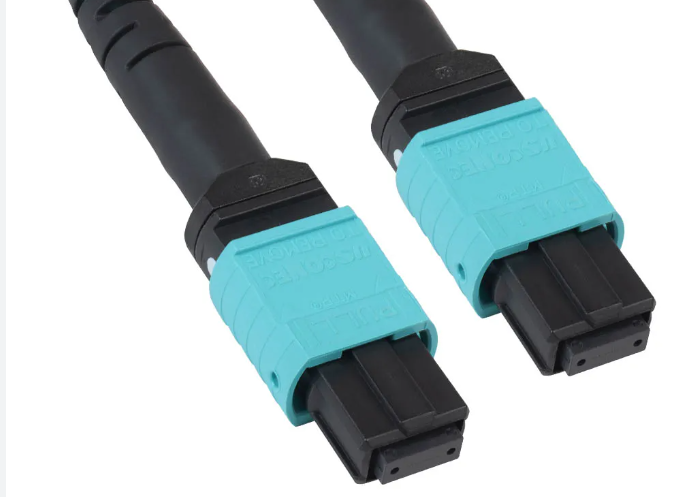
Optical fiber interface developed by Siemens for industrial Ethernet equipment. The appearance is very similar to the ST connector, and the buckle method is exactly the same, but the ceramic core is slightly shorter than the ST connector, and it is generally used in industrial Ethernet network equipment, such as industrial switches or microcontrollers (the application of this interface on industrial equipment made in Germany is more).
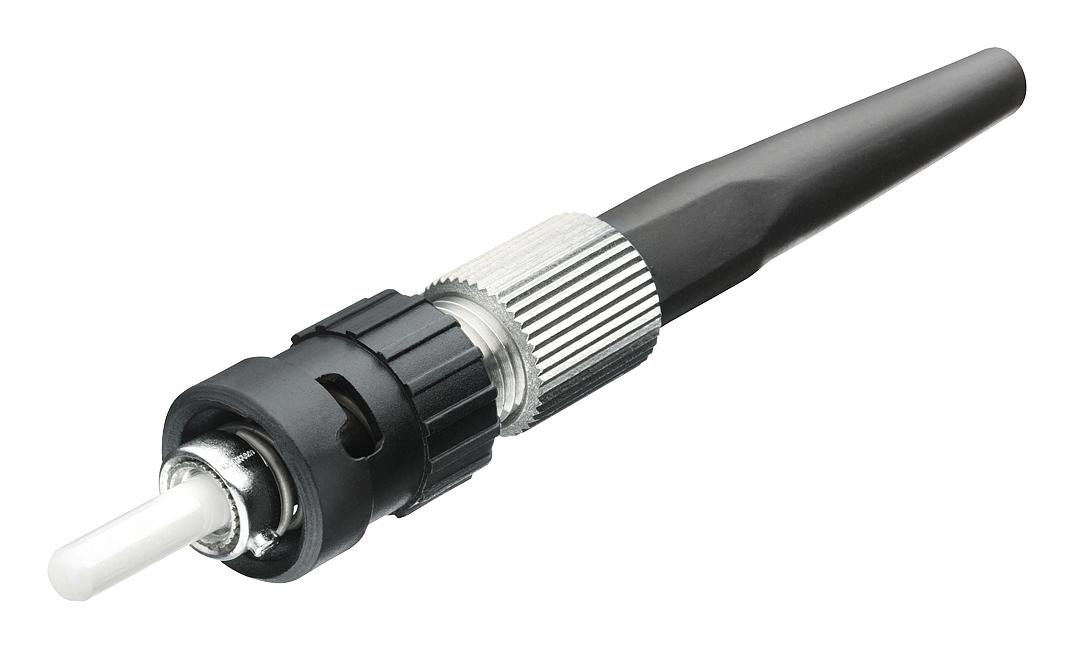
This is a connector developed in Germany. The pin and coupling sleeve used in this connector have the same structural size as the FC type, and the end face is treated by PC grinding. Compared with the FC connector, its structure is more complex, and the internal metal structure has a spring that controls the pressure, which can avoid damage to the end surface due to excessive inserting pressure. In addition, the mechanical accuracy of this connector is high, so the insertion loss value is small.

FDDI is mainly used in duplex optical fiber system, which is mainly composed of core, external parts and optical cables. The main suppliers of external parts are Japan Seiko and Molex.
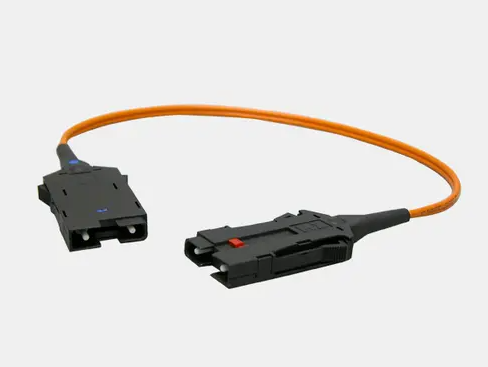
Miniature unitCoupling (MU) connector is the world's smallest single-core fiber optic connector developed by NTT based on the most used SC connector. The connector features a 1.25-mm diameter bushing and self-holding mechanism, which gives it the advantage of high-density installation. Using MU's l.25mm diameter bushing, NTT has developed the MU connector family. They have receptacle type connectors (MU-A series) for optical cable connections; Baseboard connectors with self-holding mechanism (MU-B series), simplified receptacles for connecting LD/PD modules to plugs (MU-SR series), etc. With the rapid development of optical fiber networks in the direction of larger bandwidth and larger capacity and the wide application of DWDM technology, the demand for MU connectors will also grow rapidly.

Subscribe to the newsletter
for all the latest updates.
2-5# Building, Tongfuyu Industrial Zone, Aiqun Road, Shiyan Street, Baoan District, Shenzhen. China
